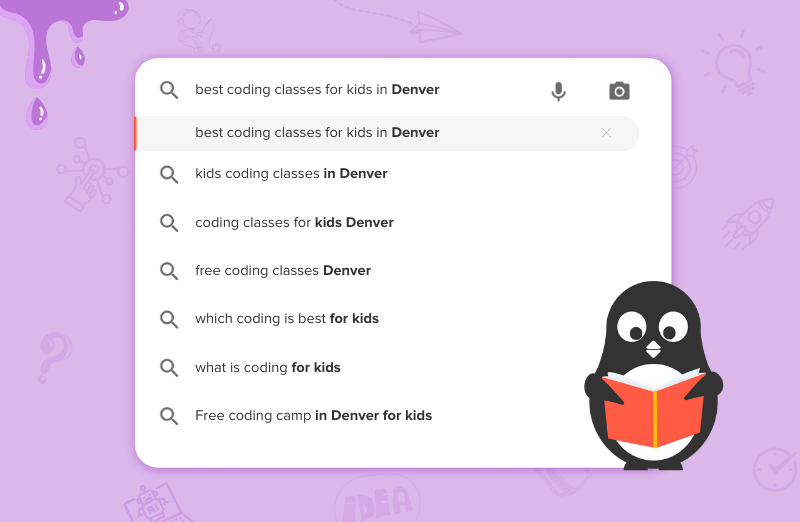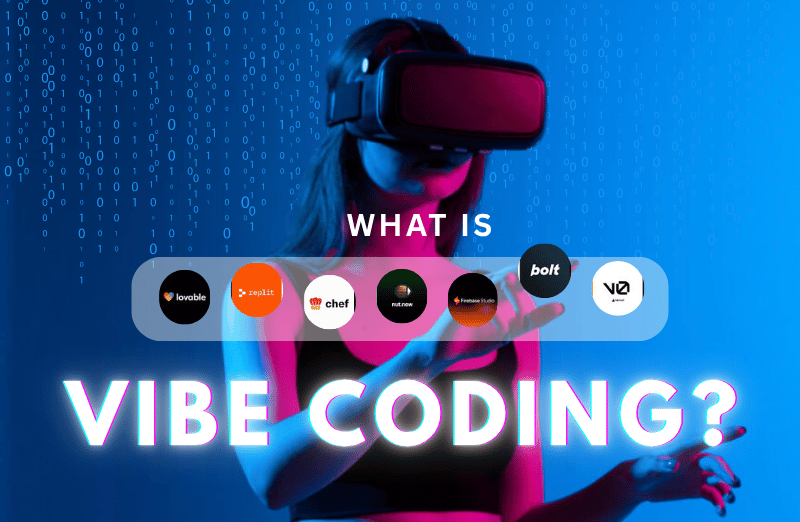Introduction
If your child loves designing websites or dreams of building their own digital portfolio, then Bootstrap is the perfect place to start!
Bootstrap is a free, beginner-friendly toolkit that helps kids create beautiful, responsive websites with just a few lines of code. Instead of writing long styles from scratch, students can use ready-made components — like buttons, navigation bars, cards, and carousels that make web pages look professional in minutes.
For young learners, Bootstrap feels like using digital LEGO bricks: each component is a building block that fits together to create a stunning website. 🚀
Let’s explore the 5 easiest and most exciting Bootstrap components every kid should learn to start their web development journey!
1. 🎨 Buttons — The Building Blocks of Interaction
💡 What They Are
Buttons in Bootstrap are clickable elements used for actions like submitting a form, playing a video, or linking to another page.
👩💻 Why They’re Great for Kids
They’re fun to customize for the kids because they can change colors, shapes, and sizes instantly with simple class names. For example, by just typing:
<button class="btn btn-primary">Click Me!</button>They’ll see a bright blue button appear like magic!
🧩 What Kids Learn
- How to use class attributes to style buttons
- How color codes (like
btn-danger,btn-success) change button types - The role of buttons in user interaction
Activity Idea:
Ask kids to create a webpage with buttons that say “Play Game,” “Show Message,” and “Go Home.” Each button can have a different color and action.
2. 🧭 Navbar — The Website’s Navigation Map
💡 What It Is
A Navbar (Navigation Bar) helps users move between different parts of a website — just like a menu or map!
👩💻 Why It’s Fun for Kids
With a single line of Bootstrap code, students can add a ready-to-use navigation bar that looks polished and professional.
Here’s a simple example:
<nav class="navbar navbar-light bg-light">
<a class="navbar-brand" href="#">My Website</a>
</nav>🧩 What Kids Learn
- How web pages are organized
- How to make websites user-friendly and structured
- How to use Bootstrap’s grid and layout system to design neat menus
Activity Idea:
Create a navbar with links named “Home,” “About Me,” “My Projects,” and “Contact.” Kids can practice adding icons or even drop-down menus.
3. 🖼️ Cards — Displaying Content Beautifully
💡 What They Are
Bootstrap Cards are rectangular content boxes that can display text, images, and buttons together — perfect for showcasing information neatly.
👩💻 Why They’re Awesome for Kids
Cards are like digital profile boxes — simple, stylish, and endlessly creative. Kids can make profile cards for themselves, their pets, or their favorite superheroes!
Here’s an example:
<div class="card" style="width: 18rem;">
<img src="cat.jpg" class="card-img-top" alt="Cute Cat">
<div class="card-body">
<h5 class="card-title">My Pet Cat</h5>
<p class="card-text">This is Snowy, my cute white cat who loves to sleep!</p>
<a href="#" class="btn btn-primary">Learn More</a>
</div>
</div>🧩 What Kids Learn
- How to use HTML structure (divs, headings, and text)
- How images and buttons can work together
- The basics of responsive design
Activity Idea:
Let kids design a “Student Profile Card” or “Favorite Movie Card” webpage with images and short descriptions.
4. 🌀 Carousel — Adding Motion and Fun
💡 What It Is
A Carousel is a slideshow component that allows kids to display multiple images that move automatically — just like a digital photo album!
👩💻 Why It’s Fun
Kids love seeing their designs move. With Bootstrap’s carousel, they can make images slide, fade, and even add captions — all with minimal code.
Here’s a simple example:
<div id="carouselExample" class="carousel slide" data-bs-ride="carousel">
<div class="carousel-inner">
<div class="carousel-item active">
<img src="robot.jpg" class="d-block w-100" alt="Robot Project">
</div>
<div class="carousel-item">
<img src="ai.jpg" class="d-block w-100" alt="AI Project">
</div>
</div>
</div>🧩 What Kids Learn
- How animations and transitions work in web design
- How to organize multiple elements in one section
- The concept of interactivity and motion in UI design
Activity Idea:
Have kids build a “My Favorite Projects” carousel showing pictures of their school or coding projects with short titles below each slide.
5. 🗂️ Forms : Collecting Information with Style
💡 What They Are
Forms allow users to input data, such as names, emails, or feedback. Bootstrap’s forms are easy to style and essential for making interactive websites.
👩💻 Why They’re Great for Learning
Forms help kids understand how websites collect information. They also make students think about user experience — how people interact with web pages.
Here’s an example:
<form>
<div class="mb-3">
<label for="name" class="form-label">Your Name</label>
<input type="text" class="form-control" id="name" placeholder="Enter your name">
</div>
<button type="submit" class="btn btn-success">Submit</button>
</form>🧩 What Kids Learn
- How input fields, buttons, and labels work in Bootstrap
- The concept of data entry and validation
- Create real-world applications from registration forms to surveys
Activity Idea:
Kids can design a “Sign-Up Form” for a coding club or a “Feedback Form” for their website.
🧠 Why These Components Matter for Kids
Learning these five Bootstrap components teaches children how the web really works — structure, design, interactivity, and responsiveness.
- Buttons show how users interact.
- Navbars teach organization.
- Cards spark creativity.
- Carousels introduce animation.
- Forms highlight functionality.
Together, they form the foundation of front-end web development by giving kids the power to create, customize, and communicate through code.
How Codingal Helps Kids Master Bootstrap
At Codingal, we make learning web development engaging and interactive. Through our live classes, kids not only learn to code but also apply their skills to real-world projects, from designing personal websites to interactive portfolios.
Our Bootstrap module introduces children to:
- Responsive design basics
- Layouts using the grid system
- Hands-on projects like Student Profile Cards, Emoji Boards, and Instagram Login Page Clones
- Creativity through design challenges and mini-contests
By the end of the course, kids don’t just learn Bootstrap, they become confident web creators ready to bring their ideas to life! 🌍
🌈 In Conclusion
Bootstrap is more than just a coding framework, it is a creative playground for young learners. With these five simple components, kids can transform plain web pages into colorful, functional, and interactive masterpieces.
Whether it’s a personal portfolio, a mini game page, or an online storybook, Bootstrap helps children build with imagination and confidence.
💡 Start your child’s web development journey today with Codingal’s Bootstrap classes, where creativity meets code! 🚀














